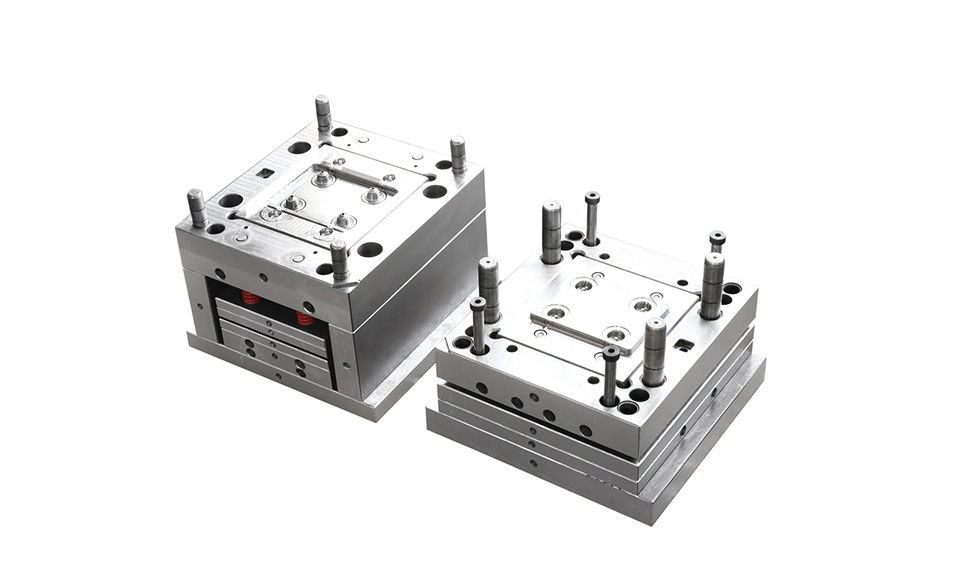What to Look For in a PET Preform Mold
A good PET preform mould should be able to deliver high-quality PET preforms with consistent quality. It should be equipped with a hot-runner system that is efficient at controlling the temperature and pressure inside the mold. The mold should also have an insulation plate that is at least 12 mm thick. It should also be equipped with a sufficient amount of air venting to prevent local overheating. Also, the slot depth should be no more than 0.03 mm to avoid flash.
The ideal PET preform mold should be able to process both virgin and recycled PET materials efficiently. It should also be able to process rPET pellets and flake. Husky works with customers to determine which mold is best suited for their needs. After determining the correct material and mold temperature, the company will produce a customized PET preform mould. This way, the product will be produced at the right quality and cost.
PET preform moulds can be made from plain carbon steel or alloy steels. These types of steels are usually hardened to ensure that the final product has the right shape. During the moulding process, the materials are forced into the cavity of the mould under high pressure and heat. This pressure holds the material in place and gives the final product its strength.
The best PET preform moulds are built with the highest level of precision and durability. They are also made with premium nitride steel for enhanced hardness and durability. Additionally, the mould impression and slide insert are made of ASSAB s136 steel or DIN 1.2316 steel for durability. These materials provide the most precise quality, hardness, and anti-rust properties.
The process of designing a PET preform mould involves many different factors. It starts with the proper design of the mould. Then, it includes mounting the mould in a press, provision for temperature control, and a means of ejecting the finished casting. It also requires the proper finishing tools. These may include drilling jigs, buffing attachments, and holding fixtures. Furthermore, gages and other devices are used to ensure accurate production.

 English
English España
España






